Top Tips for Using Your LinkedIn Profile
Be Mindful of Your Profile Settings
If you’re job searching, you can adjust your profile settings to let recruiters know you’re open to work. And if you don’t necessarily want your current employer to find out about it, you can tweak your settings further to hide this info from anyone working at the same company as you. You can also control who sees your updates.
Link to Your LinkedIn on Your Resume
After you’ve put all this work into your LinkedIn Profile, don’t forget to direct people to it. You can add your URL right to your resume and even hyperlink it so that anyone reading your resume on a computer can immediately find out more about why you’re a great candidate.
Become an Active User
Once your profile is finished, you can’t just abandon LinkedIn until the next time you’re applying for a job: You need to be an active user. That’s your number one way to start seeing more success on LinkedIn.
In the year after a client started actively commenting on posts, engaging with other users, and writing content on LinkedIn, they saw a 600% increase in their followers and connections and a 1,000% increase in profile views.
Actively using LinkedIn will help you grow your network, be more visible to your existing network, and learn more about your role, industry, and potential opportunities.
Request Connections (and Do It Thoughtfully)
You can start building your professional network online by connecting with people you already know, but you can also request connections from people you don’t know who might be able to help you grow in your career.
LinkedIn’s alumni tool (under the “Alumni” tab on your school’s profile) can help you find other professionals who went to your college, for example. Or you might request to connect with people who work at companies or in jobs you’re interested in.
No matter who you’re requesting to connect with, include a message, and personalize, personalize, personalize. Pay attention to what they have in their profile, and be very specific about what you hope to get out of connecting. Also, be conscientious—give people an out and don’t take declined connections personally.
Don’t Just Network—Use LinkedIn to Learn and Grow
Most people know LinkedIn is a networking platform, but it’s also a knowledge-sharing resource. Users talk about what they’ve learned in posts, leading to discussions among professionals. If there’s a new development in your field, you can learn about it in a more interactive way than just Googling it—you’ll see what others think and can join in the discussion.
LinkedIn Learning is another great feature—you can learn and develop a range of new skills and add completed courses directly to your profile. Perusing the profiles of people who have the type of job or work in the industry you’re interested in can help you identify which exact courses you might want to take—or at least give you clues based on their skills and experiences.
Start Posting
All LinkedIn users can write posts or even articles on the platform. These posts will help you build up your reputation as an expert. You can post your perspective about what’s going on in your field or weigh in on recent industry development, and possibly show off your writing skills at the same time. You can even share relevant articles you’ve come across elsewhere online. Even if you’re a new professional or new in your field, you have something to contribute and other users will notice.
Join LinkedIn Groups
LinkedIn Groups are an incredible way to find even more like-minded professionals in your job or industry. You can discuss relevant topics in a more focused setting and become more engaged in your field. Plus, the other group members are a large pool of possible connections.
Don’t Only Pay Attention When You’re Job Searching
There are many benefits to LinkedIn for people who aren’t looking to switch jobs—from developing relationships with others in your field to learning new skills that will help you in your current job.
Plus, staying active on LinkedIn after you’ve landed that new role and are no longer job searching helps make that next job search that much easier.
Build up your network and personal brand before you need to tap into it to land your next job. You’ll also stay top of mind for people in your network.
Additional Resources
How to Ask for a LinkedIn Recommendation
Benefits of Joining a LinkedIn Group
How to Achieve All-Star LinkedIn Status
How to Get a Hiring Manager to Respond to you on LinkedIn
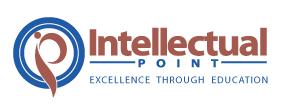






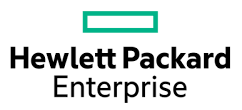







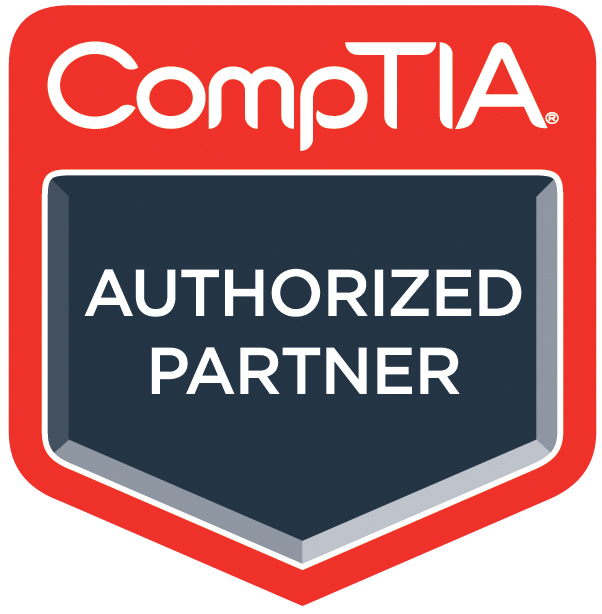




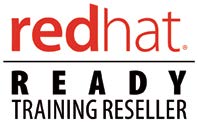



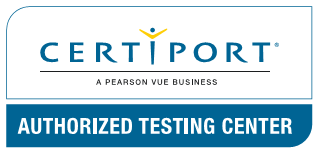



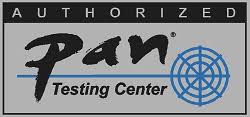
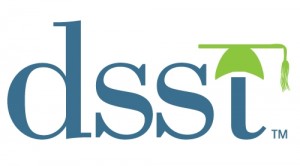

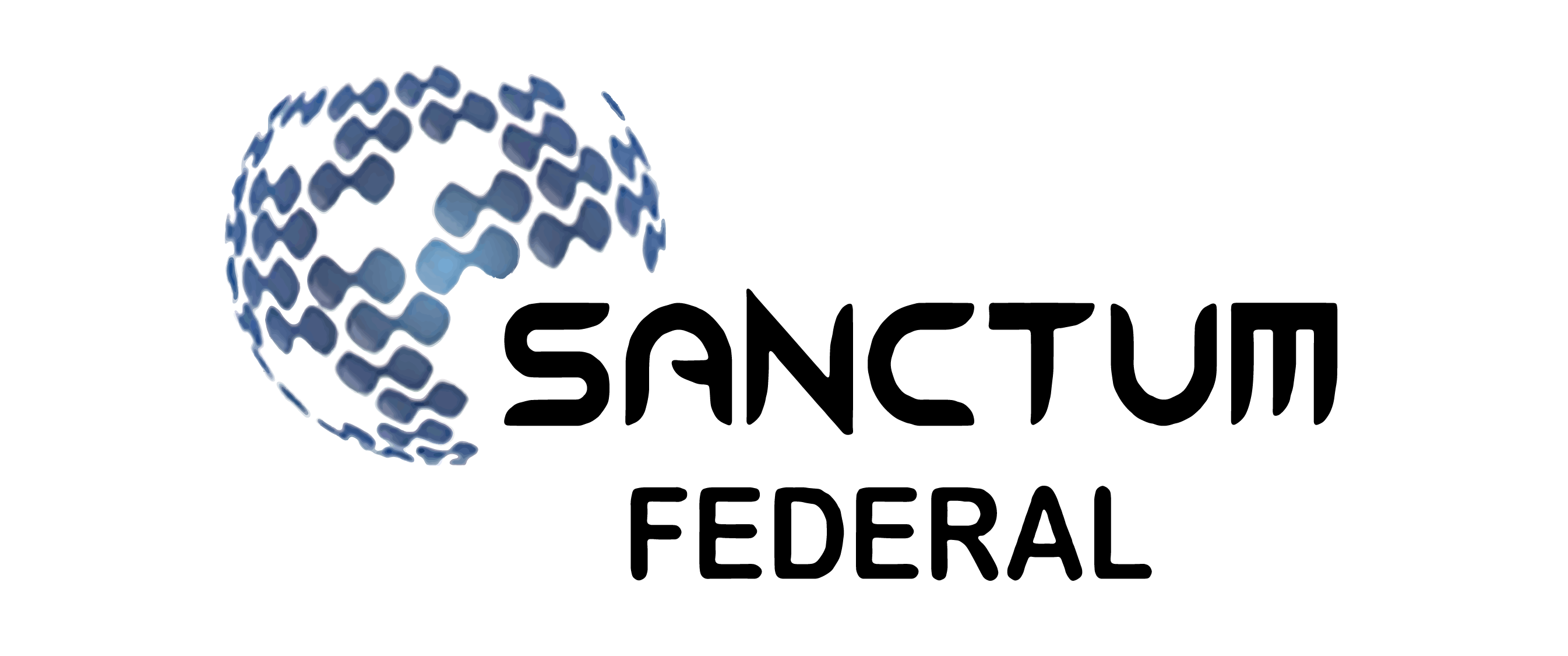

Leave a Reply
You must be logged in to post a comment.